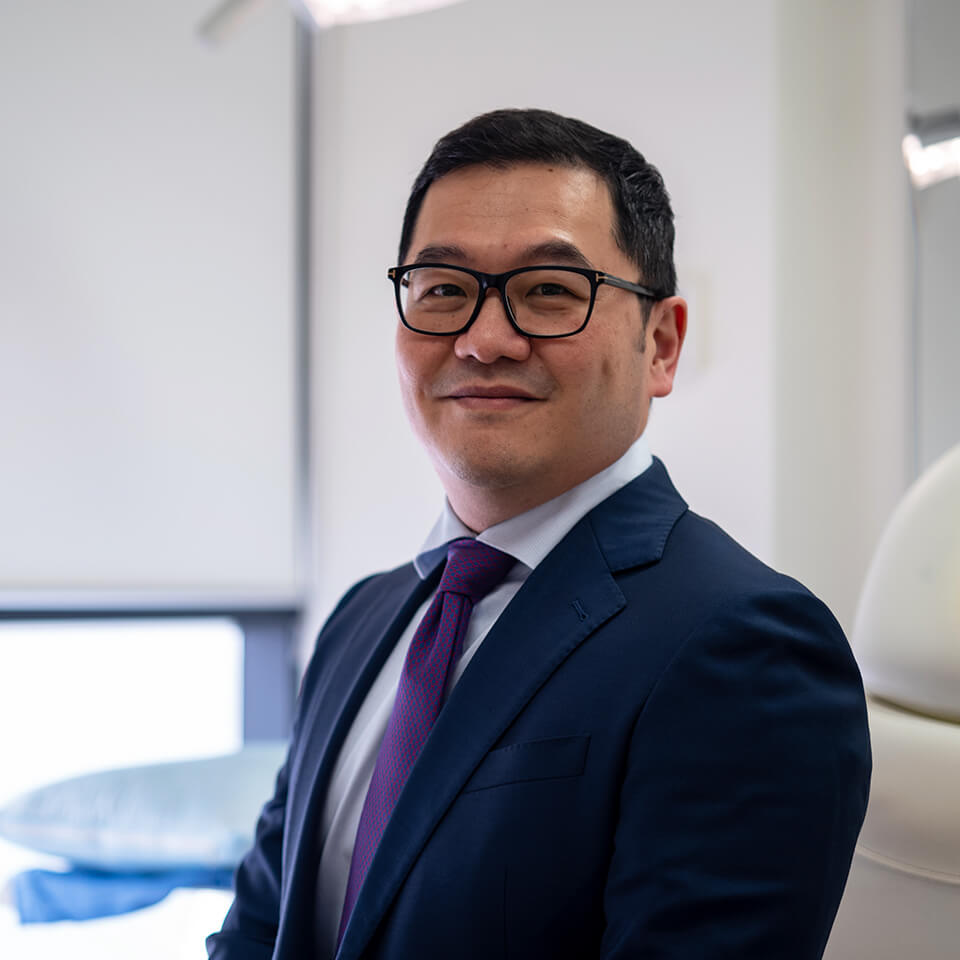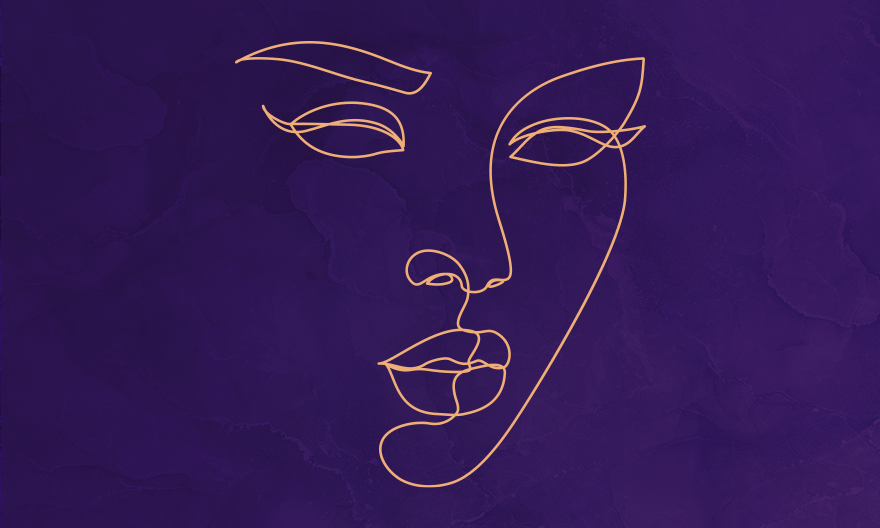
Make first contact
Start the conversation with our team today! Fill in your necessary details below and a member of our team will come back to you as soon as possible.
What To Expect After Eyelid Surgery
After the surgery, you will be given an antiseptic ointment to lubricate and protect your eyes. Your eyelids might feel tight as the anaesthesia wears off and some minor discomfort. You will be given pain medication to manage this.
If you feel any severe pain, call your surgeon immediately.
You should keep your head elevated for 24-48 hours, and use a cold compress during this period to reduce swelling and bruising. A guide for cold press application is to have it on your forehead/over your eyes gently for 5-10 minutes every 30 minutes. Bruising will vary between individuals, but will last anywhere from 2-4 weeks. Have your favourite pair of sunglasses on standby.
Your eyes may feel dry during the first week after surgery. Eye drops can be used during the day and ointment applied before bed.
What is recovery like after eyelid surgery?
Healing is a gradual process over approximately 6 weeks. It is important to take things easy and rest at home as much as you can for the first 4-5 days. It is important to avoid activities that raise your blood pressure during this time, including bending, lifting and rigorous activities.
During the first few weeks, you can experience some tearing, minor light sensitivity and temporary blurry vision. Your progress will be watched closely by Dr Kwei in the first 2 weeks. Over the subsequent weeks, swelling and bruising will subside and you will start to look and feel much better.
Blepharoplasty Downtime
The procedure alone is usually done as Day Surgery, and you will be allowed to go home after on oral pain medication. You should expect some bruising around the eye, which takes a few weeks to resolve. Dr Kwei suggests taking 7-10 days off work, and depending on the intensity of activities, to slowly ease back into your regular exercise routines over 3-4 weeks.
About Blepharoplasty Scarring
As discussed previously, the scars are hidden in the natural lines and creases, and so they usually heal very well. Some are completely hidden. In the first 6 months, your scars may remain slightly pink, but over time most eyelid surgery patients find their scars barely noticeable and their eyes appear rejuvenated.
Can contact lenses be worn after blepharoplasty?
Contact lenses are best avoided for the first 2 weeks after surgery as the eyes recover from surgery. So it is best to make sure you have your prescription spectacles if you require them to drive or work.
Choosing the right plastic surgeon
It is very important to be sure that your surgeon is qualified not only to perform the procedure but to deal with all aspects of the surgery and its results and the procedure is done in a fully accredited facility.
Dr Johnny Kwei is a Cosmetic Plastic Surgeon affiliated with the Australian Society of Plastic Surgeons, the International Society of Aesthetic Plastic Surgeons and the Royal Australasian College of Surgeons. He has undergone extensive education and training, both in Australia and abroad, to earn the designation.
Dr Kwei takes pride in providing the highest quality care to his patients and ensuring they are always fully informed and receiving the best treatment.
Know more about choosing a suitable, reputable plastic surgeon for you.
Risks and Complications of Blepharoplasty
At Johnny Kwei Plastic Surgery, your well-being and satisfaction are our top priorities. Blepharoplasty, also known as eyelid reduction surgery, is a commonly performed procedure that can provide significant rejuvenation to the eyes and improve your overall facial appearance. Here are some specific risks and complications associated with blepharoplasty:
- Bruising and Swelling: Bruising and swelling around the eyes are common after blepharoplasty.
- Pain and Discomfort: Some discomfort and mild pain can be expected after the surgery.
- Over-Resection of Skin: In rare cases, the removal of excessive skin during blepharoplasty may result in the cornea being exposed to injury.
- Asymmetry of the Eyelids: While every effort is made to achieve symmetry, subtle differences in the appearance of the eyelids may occur.
- Noticeable Scarring: Incisions are carefully placed along the natural creases of the eyelids to minimize scarring. However, in rare cases, noticeable scarring may occur.
- Eye-related Symptoms: Following blepharoplasty, you may experience temporary symptoms such as itchiness, watering, or dryness of the eyes. These symptoms typically subside as the healing process progresses.
- Drooping of the Lower Eyelid: In rare instances, the lower eyelid may exhibit temporary drooping. Most cases resolve spontaneously during the healing process, but occasionally further surgery may be required to correct the issue.
- Temporary Changes in Vision: Temporary changes in vision can occur after blepharoplasty. These changes are usually minor and resolve as the healing progresses. In extremely rare cases, long-lasting or permanent changes in vision may occur.
- Risk of Blindness: Although extremely rare, there is a risk, albeit minimal, of eyelid reduction surgery leading to blindness. Factors such as smoking, pre-existing eye diseases, and activities that increase eye pressure (e.g., straining, lifting, and coughing) can contribute to this risk.
During your comprehensive consultation, Dr Kwei will assess your specific needs and discuss these potential risks and complications in detail. He will answer any questions you may have, address your concerns, and develop a personalized surgical plan to achieve your desired results. With his expertise and commitment to your well-being, Dr Kwei aims to provide you with outstanding outcomes and a smooth recovery journey.
Recovery Process for Eyelid Reduction Surgery
After your eyelid reduction surgery, you can usually resume drinking fluids and eating a light meal within two or three hours. It is common to experience some pain and discomfort, especially around the incisions. Dr Kwei will prescribe pain medication as necessary to alleviate any discomfort you may have.
Bruising and swelling are normal following eyelid reduction surgery and may take a few weeks to fully subside. Sleeping with your head elevated by using extra pillows can help reduce swelling and promote a smoother recovery.
You may be required to clean your eyes regularly as they can become crusty and itchy during the healing process. Dr Kwei may recommend using lubricating drops to keep your eyes moist. It is not uncommon to experience sensitivity to light for a few days after the surgery, so wearing sunglasses can provide relief. It is important to refrain from wearing contact lenses for at least two weeks following the procedure.
The duration of your recovery will depend on the extent of your eyelid reduction surgery. It may be necessary to take a few days off work to allow your body to rest and heal. During this time, it is important to avoid heavy lifting, strenuous exercise, swimming, and engaging in strenuous sports activities until you receive clearance from Dr Kwei. Following their guidance will help minimize the risk of complications and promote a successful recovery.
Remember, individual recovery experiences may vary, so it is crucial to follow your surgeon’s specific post-operative instructions. By adhering to these guidelines and giving yourself adequate time to heal, you can expect to achieve optimal results from your eyelid reduction surgery.
Additional FAQs
Blepharoplasty is a surgical procedure to improve the appearance of the eyelids. It involves removing excess skin, fat, and muscle from the upper and/or lower eyelids to create a more refreshed look.
Determining whether you are a good candidate for blepharoplasty is best done through a consultation with a qualified plastic surgeon. However, there are certain factors that are typically considered when assessing candidacy for blepharoplasty:
● Excess skin or sagging eyelids: If you have drooping or sagging eyelids that impair your vision or make you appear tired or older, blepharoplasty may be suitable.
● Puffy bags under the eyes: If you have under-eye bags or puffiness that doesn’t improve with non-surgical treatments, blepharoplasty may be an option.
● Good general health: Candidates for surgery should generally be in good overall health, without any underlying medical conditions that could interfere with the procedure or recovery.
● Realistic expectations: It is important to have realistic expectations about the outcomes of blepharoplasty. A consultation with a surgeon can help you understand what the procedure can and cannot achieve.
● Non-smoker: Smoking can increase the risk of complications during surgery and impede the healing process. Surgeons typically recommend quitting smoking prior to the procedure.
● No eye conditions: Certain eye conditions, such as dry eyes, glaucoma, or a detached retina, may affect your suitability for blepharoplasty. An eye examination may be necessary to assess any pre-existing conditions.
It is crucial to have a thorough discussion with a qualified surgeon who can evaluate your specific circumstances, examine your eyelids, and provide personalised recommendations based on your individual needs and goals. They will consider your medical history, current health, and desired outcomes to determine if blepharoplasty is a suitable option for you.
After blepharoplasty, you can expect to experience swelling and bruising around the eyes for about one to two weeks. You may have some discomfort or tightness, which can be managed with prescribed pain medication or over-the-counter pain relievers. Stitches or sutures, if used, are typically removed within a week. The incisions will gradually heal and fade over time, and it’s important to follow your surgeon’s instructions for wound care. You should avoid strenuous activities and heavy lifting for a few weeks, and eye drops or ointments may be prescribed for eye care. Most people can return to work and normal activities within one to two weeks, with complete healing taking a few months. It’s crucial to follow your surgeon’s post-operative instructions and attend follow-up appointments for optimal recovery.
Blepharoplasty Consultations Sydney
Call us today and organise your one-on-one consultation with Dr Kwei to discuss what you like to achieve and the options available to you.

Dr Kwei has helped many patients over the years to achieve their desired results. Fill the form to view our gallery of before and afters.

